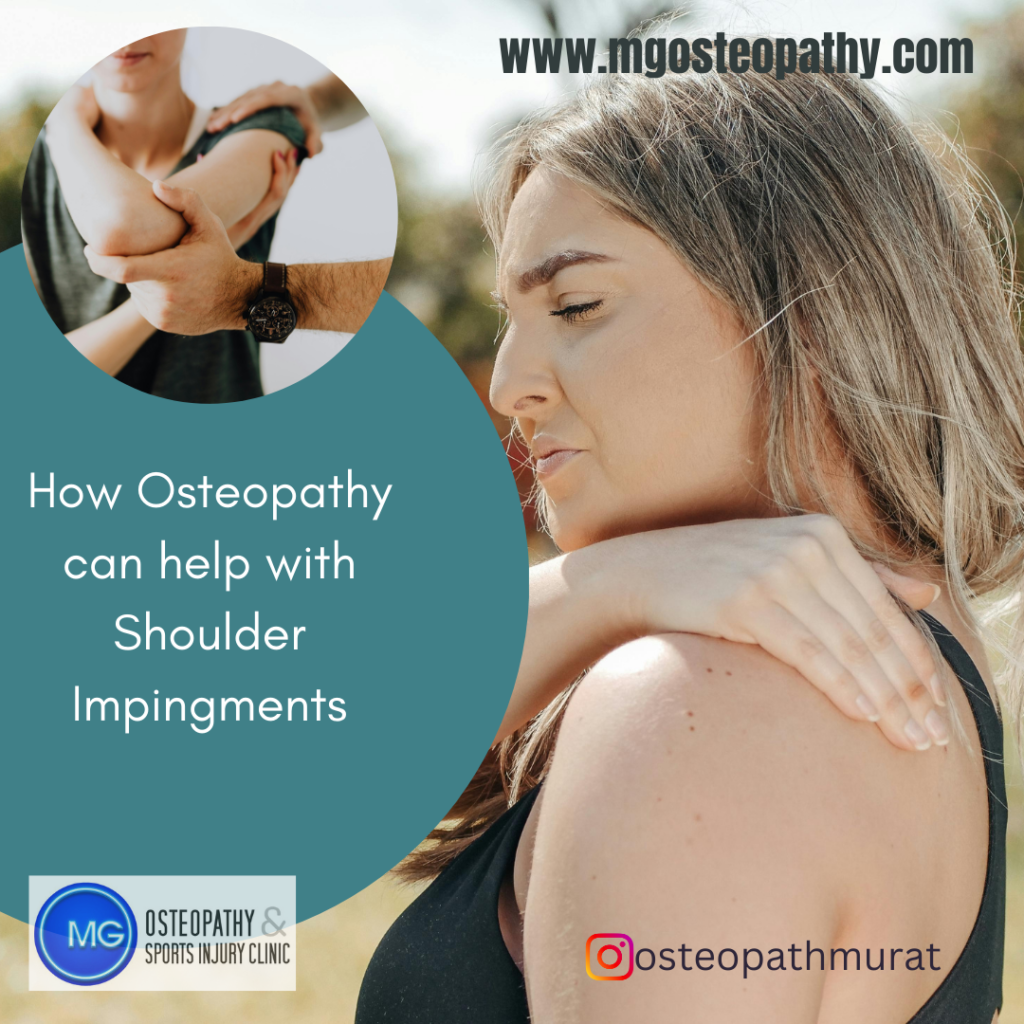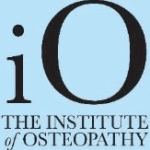Shoulder pain can be a debilitating condition, affecting daily activities and overall quality of life. One common cause of shoulder pain is shoulder impingement, a condition that can be effectively managed with osteopathic treatment. This blog will delve into the intricacies of shoulder impingement and how Osteopathy can help alleviate symptoms and restore function.
What is Shoulder Impingement?
Shoulder impingement, also known as subacromial impingement syndrome, occurs when the tendons of the rotator cuff muscles become irritated and inflamed as they pass through the subacromial space, the passage beneath the acromion (the bony prominence on the top of the shoulder). This can result from repetitive overhead activities, trauma, or anatomical variations that reduce the space available for the tendons, leading to pain and restricted movement.
Symptoms of Shoulder Impingement
- Pain: Often felt on the front or side of the shoulder, especially during overhead activities or when lifting the arm.
- Weakness: Particularly in lifting the arm sideways or forwards.
- Restricted Range of Motion: Difficulty moving the shoulder freely.
- Night Pain: Pain that can disrupt sleep, often worsening when lying on the affected shoulder.
Osteopathy and Shoulder Pain Impingement
Osteopathy is a holistic approach to healthcare that emphasizes the interrelationship between the structure and function of the body. Osteopathic treatment for shoulder impingement focuses on alleviating pain, reducing inflammation, and restoring normal function to the shoulder complex.
Initial Osteopathy Assessment
An Osteopath will conduct a thorough assessment, including:
- Medical History: To understand the onset, duration, and nature of the symptoms.
- Physical Examination: To assess posture, and shoulder mobility, and identify specific points of tenderness and weakness.
- Diagnostic Tests: In some cases, imaging studies like X-rays or MRIs may be recommended to rule out other conditions and confirm the diagnosis.
Osteopathic Treatment Techniques
Osteopathic treatment for shoulder impingement may include a variety of techniques:
- Soft Tissue Manipulation: To relieve muscle tension and improve blood flow to the affected area. This can help reduce inflammation and promote healing.
- Joint Mobilization: Gentle techniques to improve the range of motion in the shoulder joint and surrounding areas. This can help create more space in the subacromial region and reduce impingement.
- Myofascial Release: Techniques to address restrictions in the connective tissues surrounding the shoulder, enhancing mobility and reducing pain.
- Postural Education: Guidance on improving posture to reduce strain on the shoulder joint. This often includes advice on ergonomics for daily activities and work-related tasks.
- Rehabilitation Exercises: A tailored exercise program to strengthen the rotator cuff muscles and improve shoulder stability. Exercises may also focus on enhancing scapular (shoulder blade) function, which plays a crucial role in shoulder mechanics.
- Lifestyle and Activity Modifications: Advice on modifying activities that exacerbate symptoms, ensuring a balance between activity and rest to facilitate healing.
Preventive Measures
Preventing shoulder impingement involves maintaining good shoulder health through:
- Regular Exercise: Engaging in a balanced exercise routine that includes strengthening and stretching exercises for the shoulder and upper back muscles.
- Ergonomic Adjustments: Ensuring that workstations and daily activities are set up to minimize strain on the shoulders.
- Posture Awareness: Being mindful of posture throughout the day, especially during activities that involve prolonged sitting or repetitive movements.
Conclusion
Shoulder impingement can be a painful and limiting condition, but with effective management, it is possible to alleviate symptoms and restore function. Osteopathy offers a comprehensive approach to treating shoulder impingement, addressing both the symptoms and underlying causes. Through a combination of manual techniques, exercise therapy, and lifestyle modifications, Osteopathic treatment aims to promote healing and prevent recurrence, helping patients return to their daily activities pain-free.
If you are experiencing shoulder pain, consider consulting an Osteopath to explore a holistic and effective approach to managing your symptoms and improving your shoulder health. In the meantime, you can use the embedded link to access our YouTube channel video showing you how to perform the Bird-Dog exercise, a stale exercise prescribed in our clinic for core strength and shoulder mobility.






We are here to help:) @mg osteopathy Hackney, East London